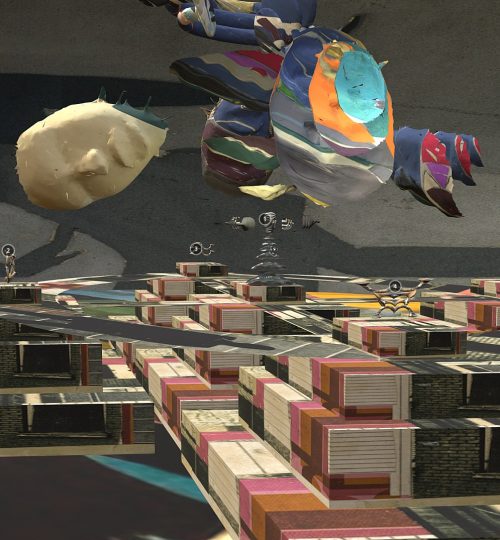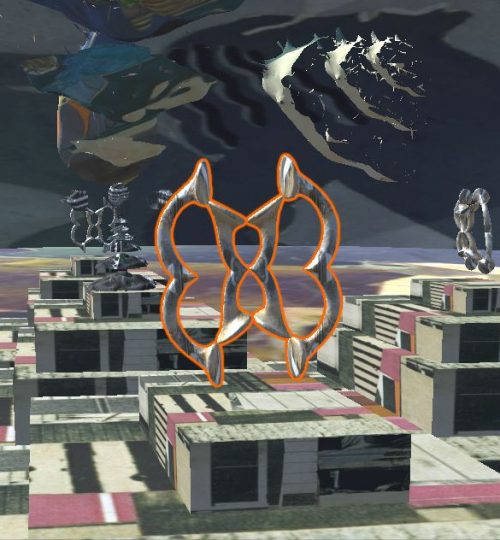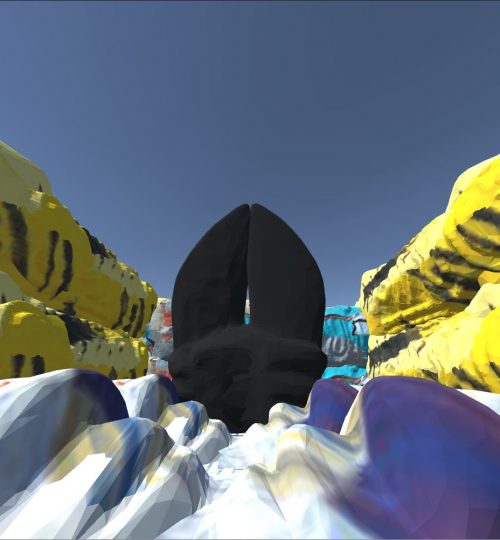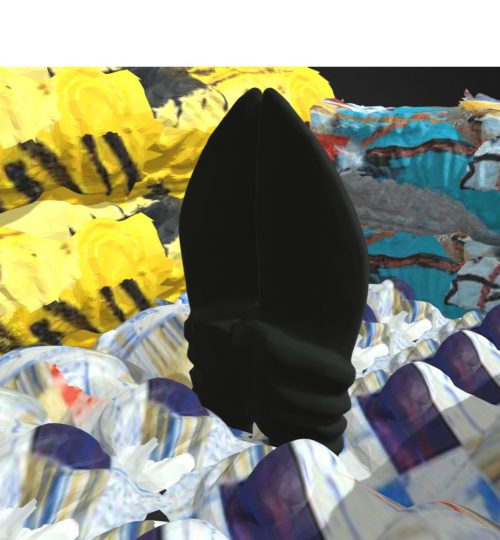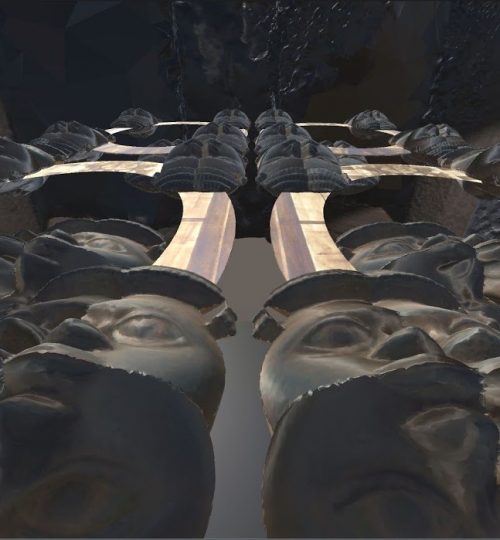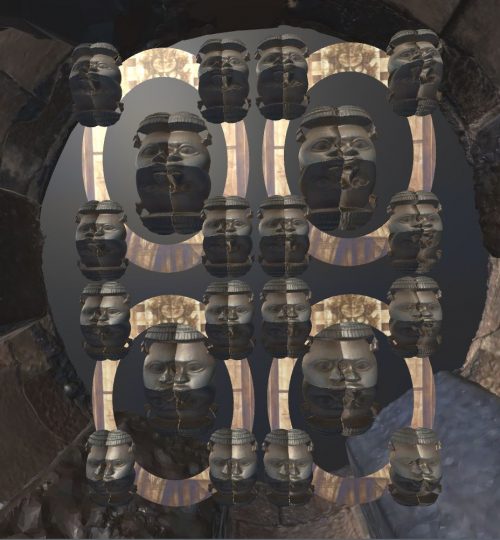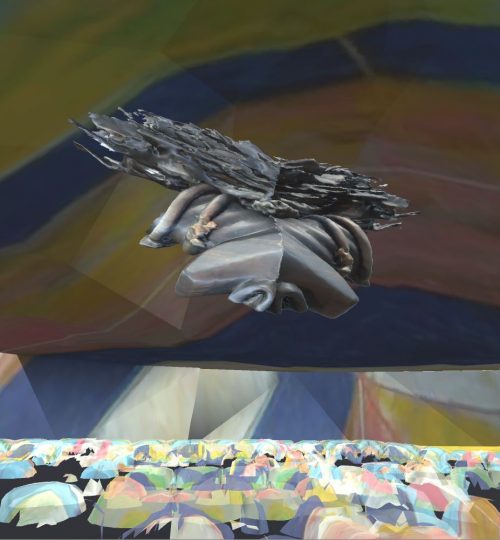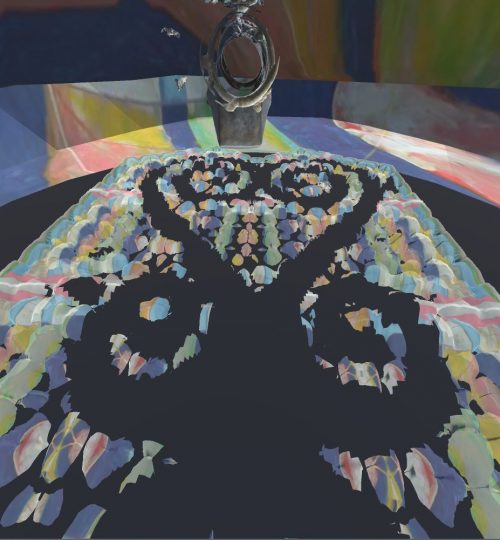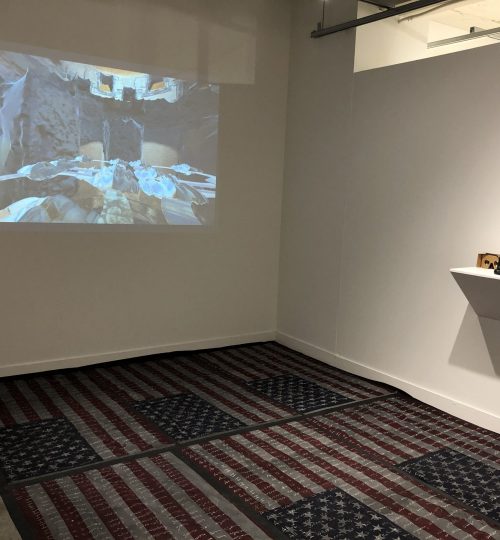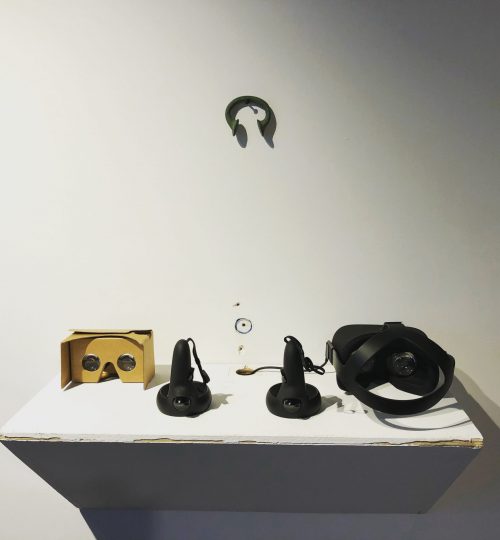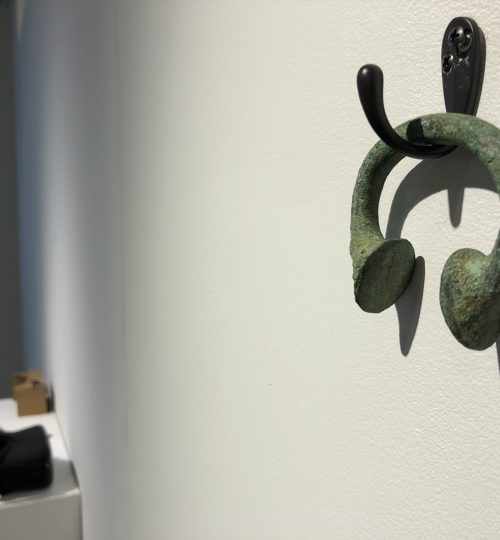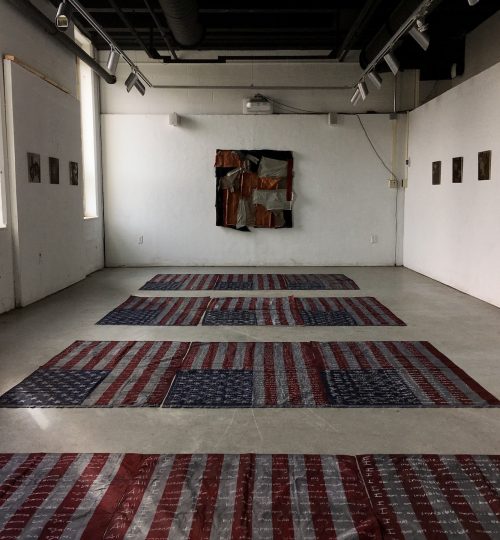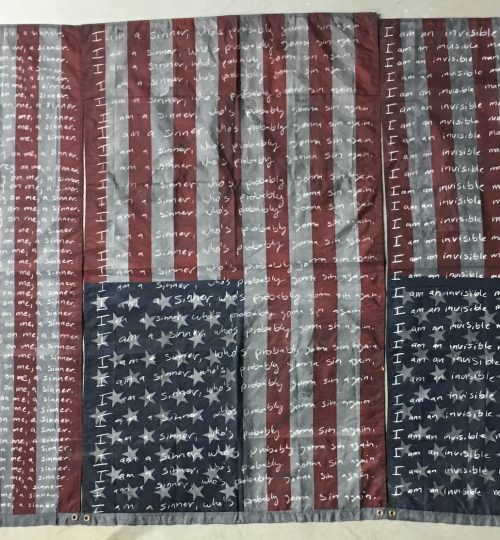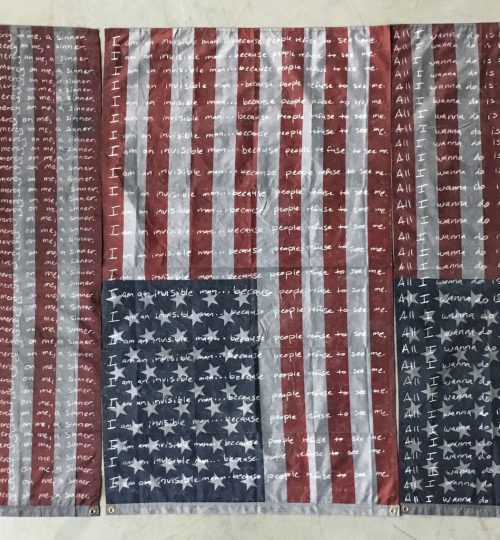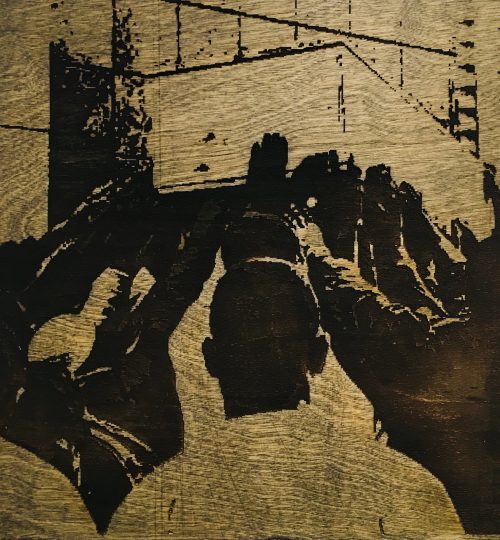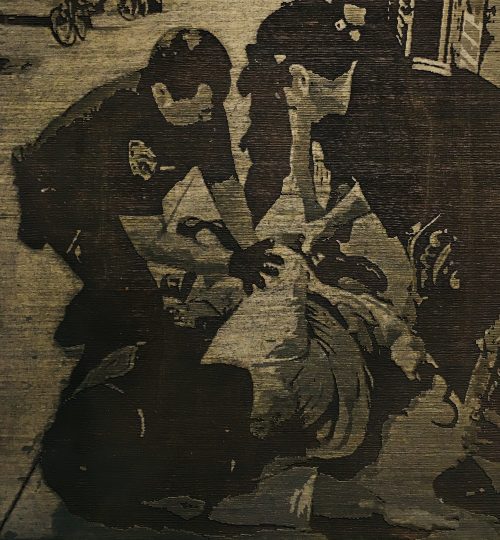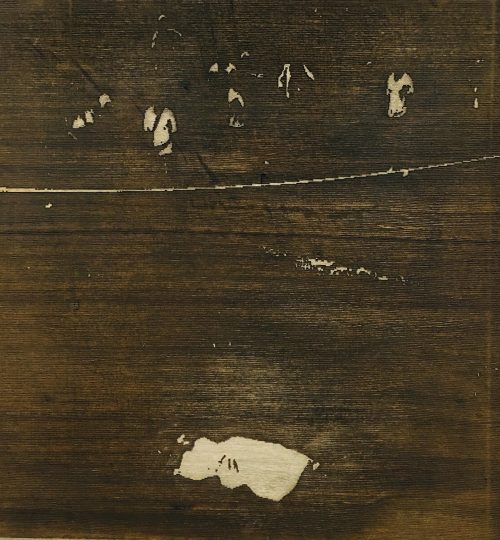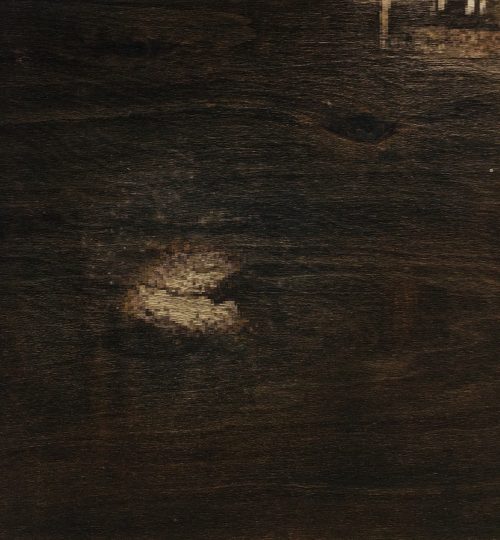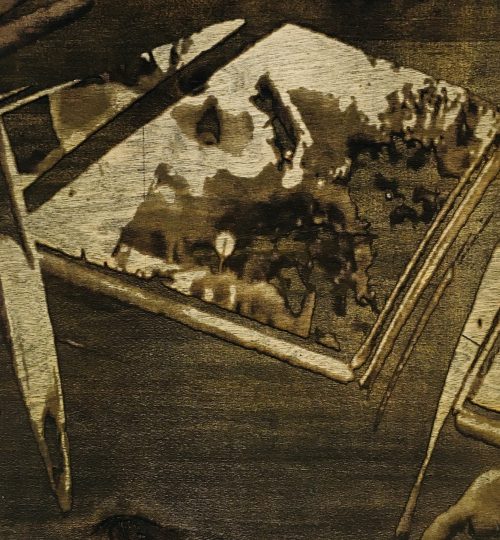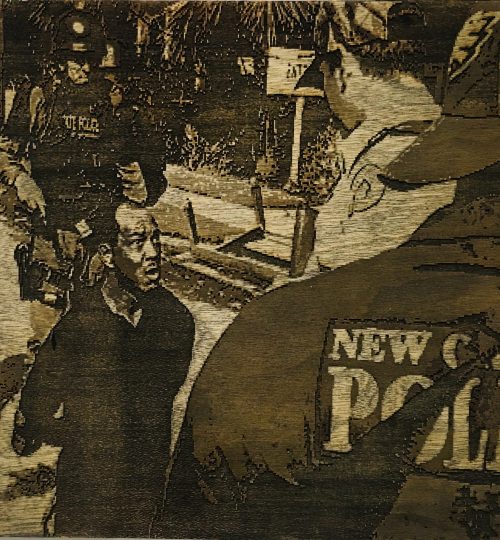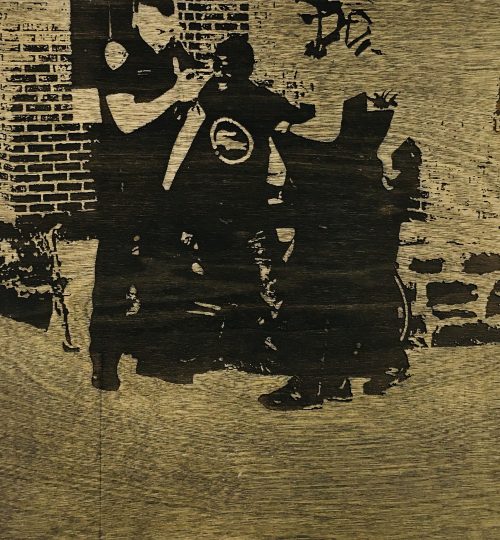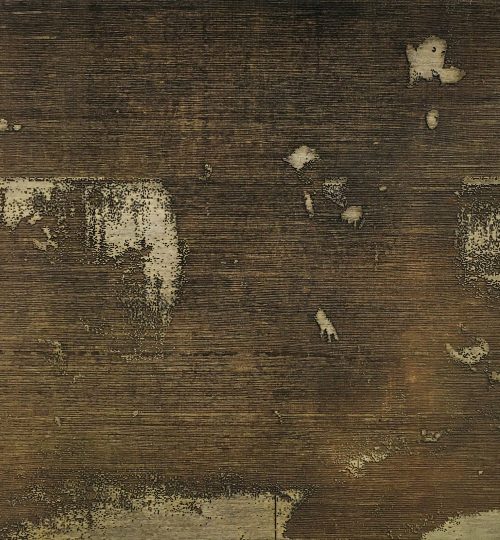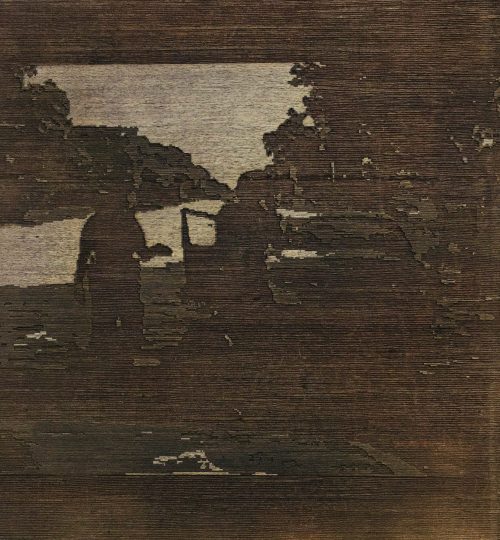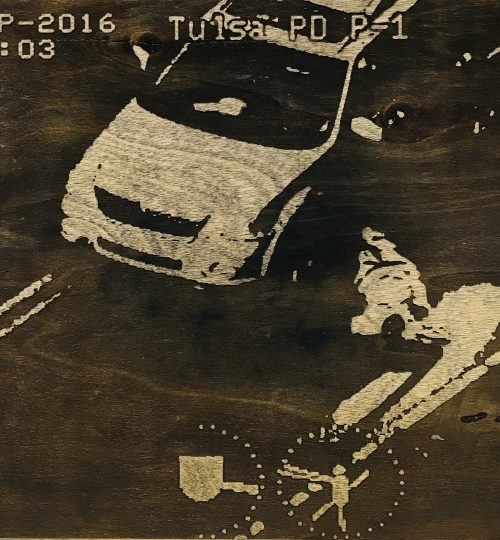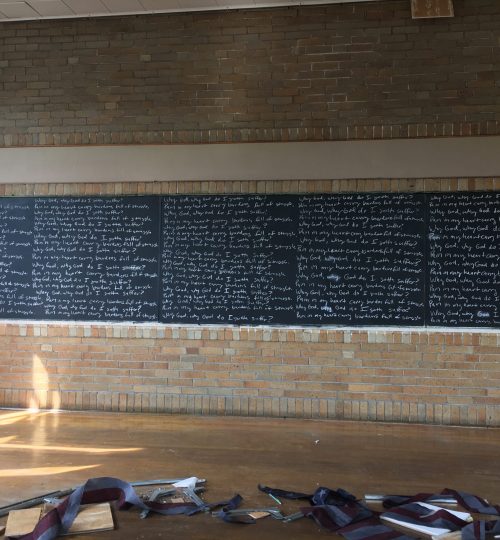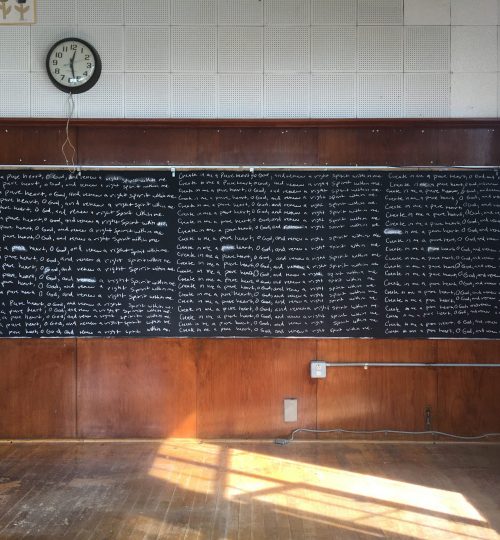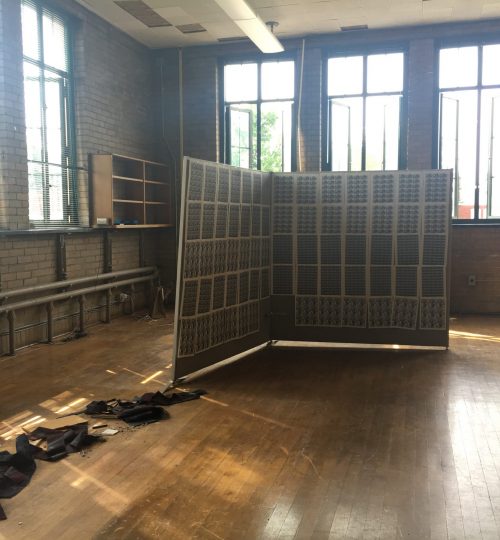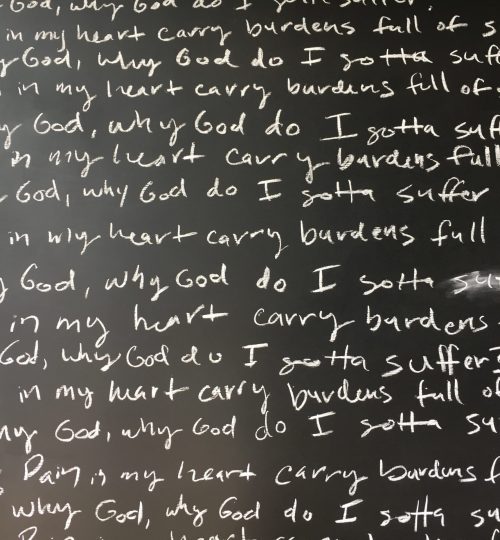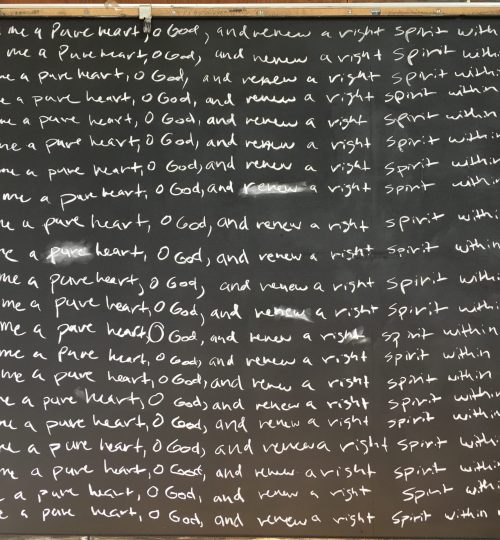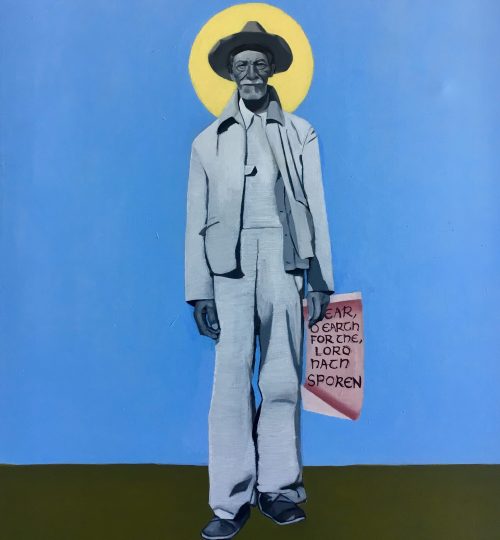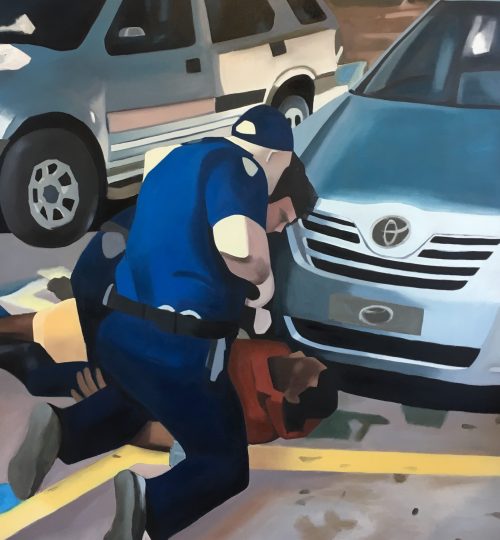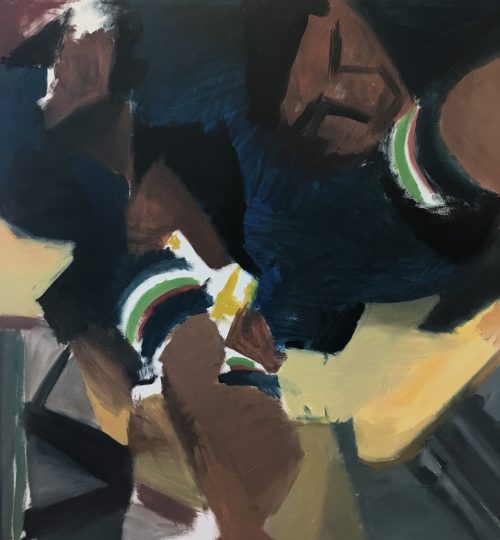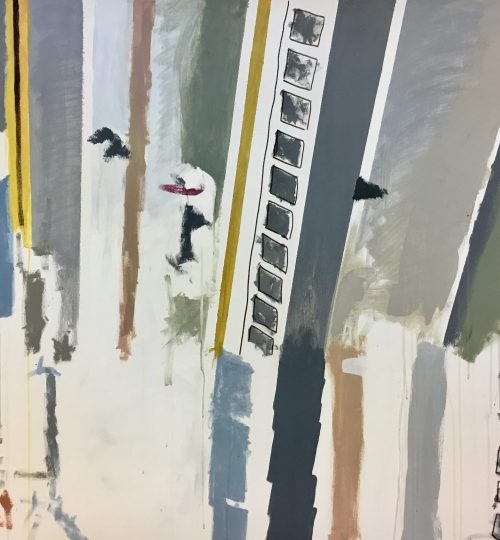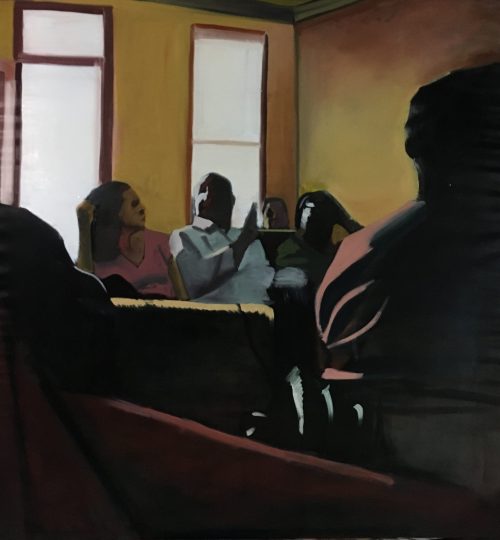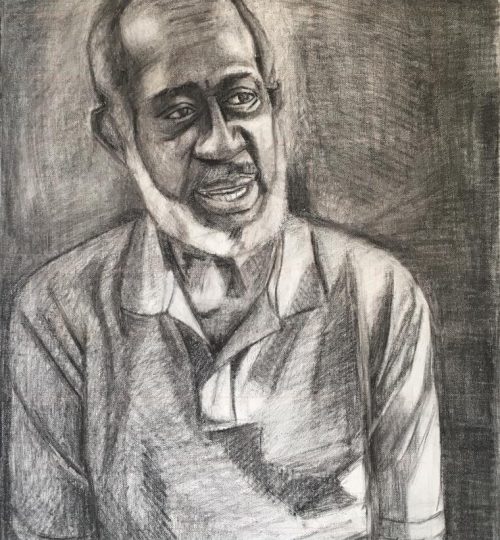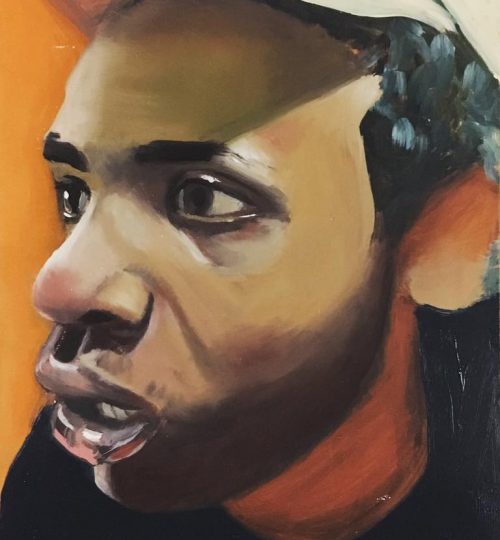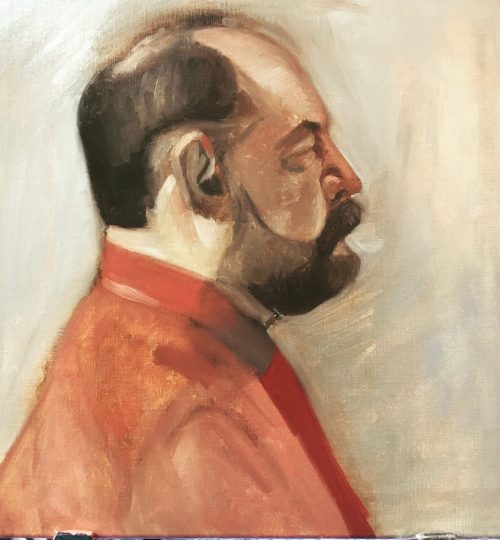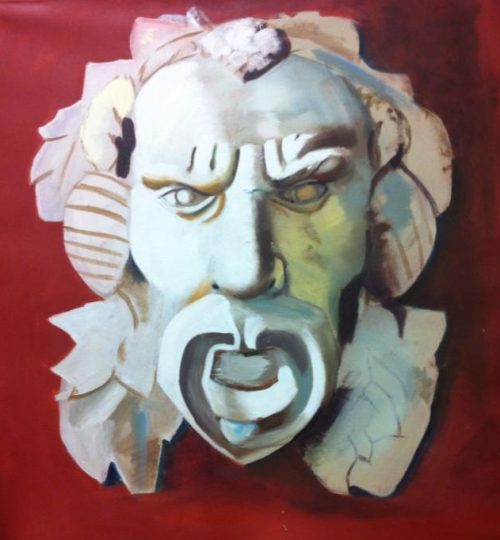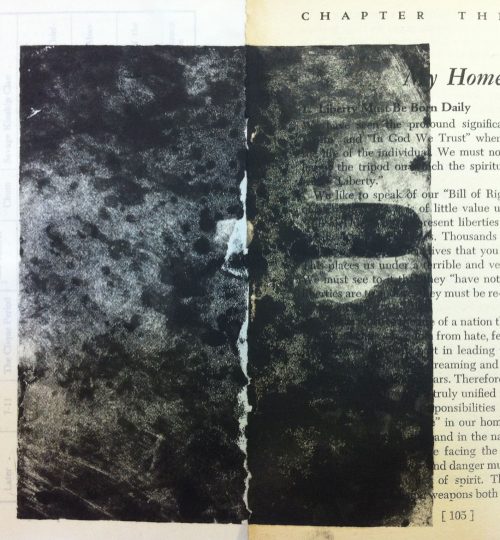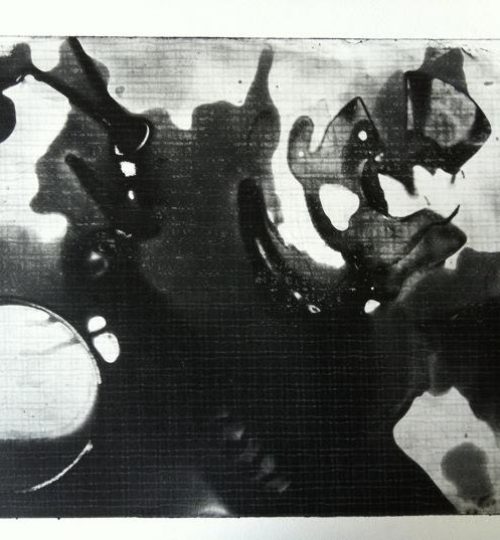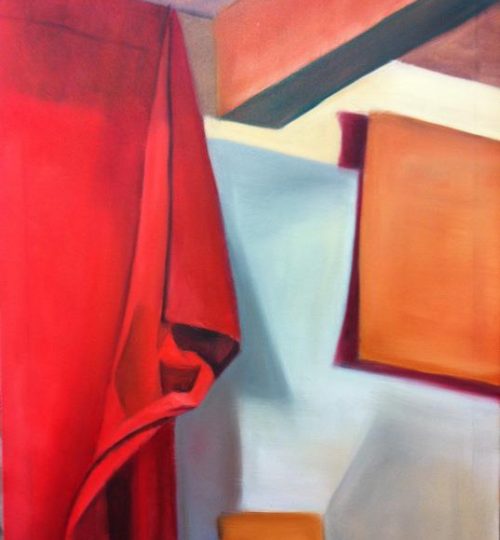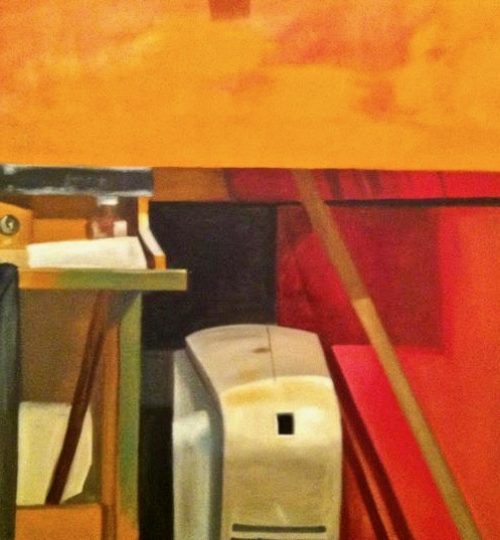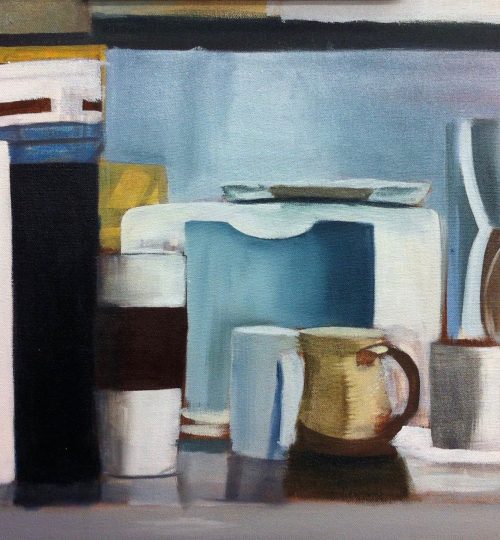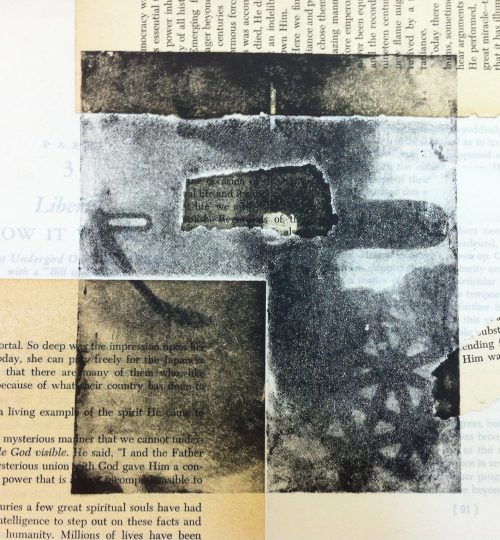Projects
Order & Chaos (2022)
Platforms used: Blender & Mozilla Hubs
I created and textured the iPhone models in Blender and exported them as .glb files. I then uploaded them to a new scene in Mozilla Hubs.
To create the soundtrack, I sample the Sylvers’ 1972 song “Chaos” on Garageband, and attached the .wav file to a speaker in the scene.
African fractals (2021)
African Fractals is a digital print inspired by Ron Eglash’s book with the same title. In it, he brilliantly demonstrates the mathematical genius of African peoples, especially in indigenous African communities and nations. This work pays homage to these traditions while updating them for the digital age.
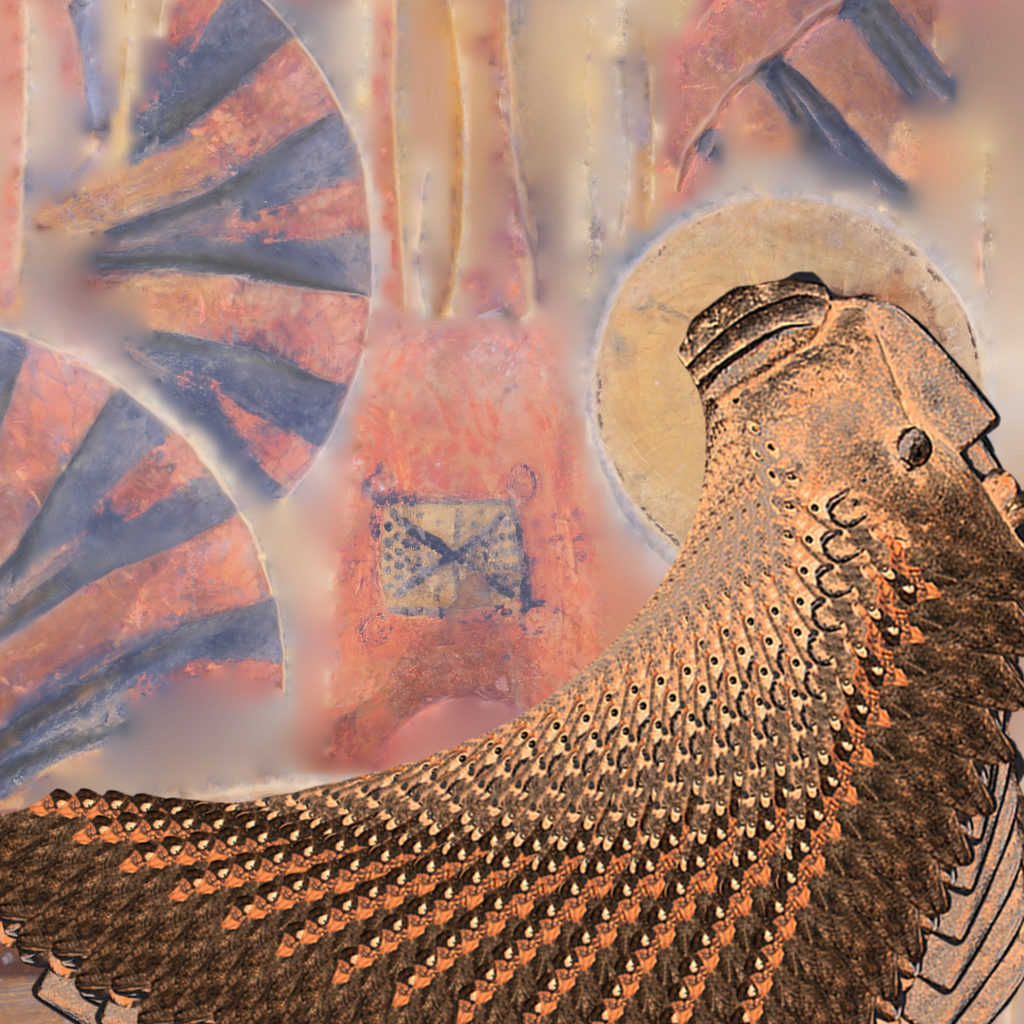
Congo Square” explores Afrofuturism as a dynamic historical project of Afrocentric world building and liberating subjectivity, undertaken by descendants of the African diaspora to give new life to our deepest selves. Using virtual reality as both a tool of art-making and as a visual language, I create worlds that center West African cosmology and sacred geometry, while sampling music from notable African American musicians and featuring prominent black scholars as interlocutors: Dr. Eddie Glaude Jr., Howard Thurman, and Avery Brooks.
Software Used: Autodesk Maya, Unity, GarageBand
For this project, I created 5 VR scenes and 5 corresponding soundtracks. I created the 3d models in Maya through a mixture of building with polygon primitives, and augmenting photogrammetric models downloaded from Sketchfab. Once created, I exported .fbx files to Unity, using that software to build and run to the Oculus Quest. The soundtracks were made using GarageBand and attached to central elements within each Unity scene. In its original iteration, I wrote C# scripts that allowed the user to change scenes by walking towards highlighted areas.
To experience the project in its entirety, click below:
Congo Square by JameelAmman on Sketchfab
EpitaphVR is an experimental virtual reality project that seeks to re-animate Martin Luther King and Malcolm X, honoring their legacies by placing them in dialogue with one another. Created in collaboration with Minghao Tian, we used several speeches by both figures to train a voice cloning software to mimic their voices.
To develop the avatars, I used two separate African-American models found on Adobe Fuse, augmenting their appearance to more closely resemble that of Malcolm X and Martin Luther King. Once I was satisfied with their likenesses, I auto-rigged each avatar in Mixamo, applying the appropriate animations before downloading all of the necessary materials to bring into Unity.
Determining what each avatar would eventually speak was a week-long journey of reading, reflecting, revising and editing. The resulting dialogue functions more as an elegy, a funerial type of poem, than a straightforward conversation. The script that the avatars perform is inspired by the closing monologue of Ossie Davis’ play Purlie Victorious.
Click the video below to view a virtual walkthrough of this project.
Liturgy of the Eucharist (2019)
Liturgy of the Eucharist derives its name from the aspect of Catholic mass that follows the reading of the Gospel passage; culminating in the priest’s consecration of the body and blood of Christ. In this ritual, it is believed that the ordinary wafer and wine are literally transformed into the body of blood of Christ, in a process known as “transubstantiation”. Liberation theologian Jon Sobrino, in his classic work “Jesus the Liberator: A Historical-Theological Reading of Jesus of Nazareth”, refers to the communities of peoples victimized by hegemonic regimes as the “crucified body of Christ in history”. As someone who was nearly killed by a New Orleans Police Officer, I made this work out of that experience, and in solidarity with the many thousands of black men and women whose lives were needlessly taken by agents of the American police state. This installation consecrates their memory and depicts their lives, in a liturgical context, as the crucified body of Christ in the American present.
The Psalmist (2018)
The term “Psalmist” refers to both the writer and reader of a psalm: a particularly poetic and musical form of Biblical literature that often expresses a prophetic aspect of Judeo-Christian theology. This work, completed during the summer before my second year at Ohio State, is a site-specific installation exhibited at a decommissioned Columbus City Public School. With this work, I critically examine the politics of contemplative prayer in relation to the primary school punishment ritual of repetition. Linguistically, I place the opening stanza from Kendrick Lamar’s song “Fear”, which poses the question: “Why God, Why God do I gotta suffer?/ Pain in my heart carries burdens full of struggle”, with the opening line from the penitential Psalm 51, which yearns: “Create in me a pure heart O God/ and renew a right spirit within me”.
Studium 2 (2017)
These works are loosely affiliated paintings completed during my first year in Ohio State’s Master of Fine Arts program. While I began the year focusing more on traditional portraiture and Catholic iconography, I began to interrogate my relationship to this canon and the effectiveness of appropriating this visual language give my goal of affirming the value of black life.

